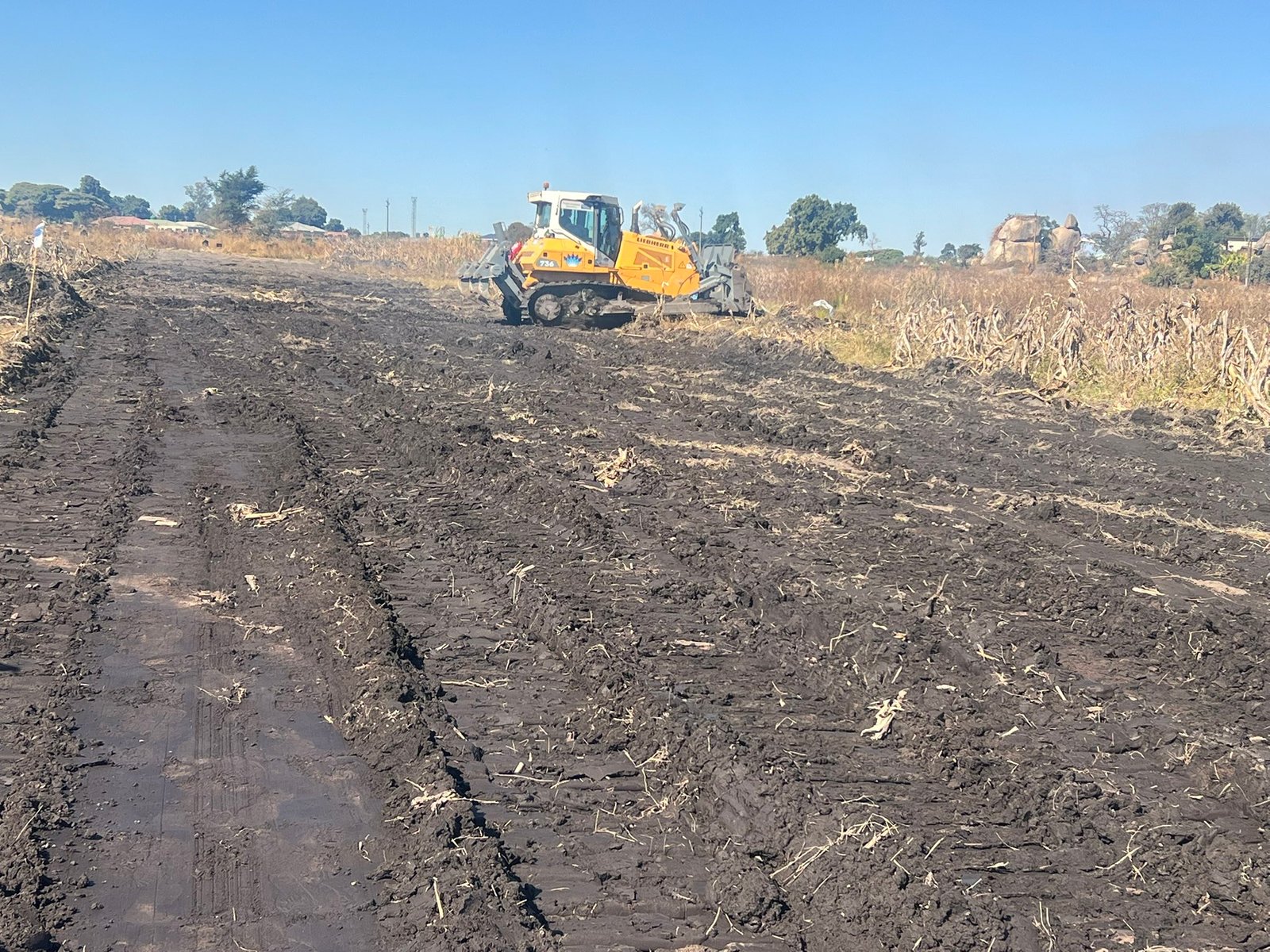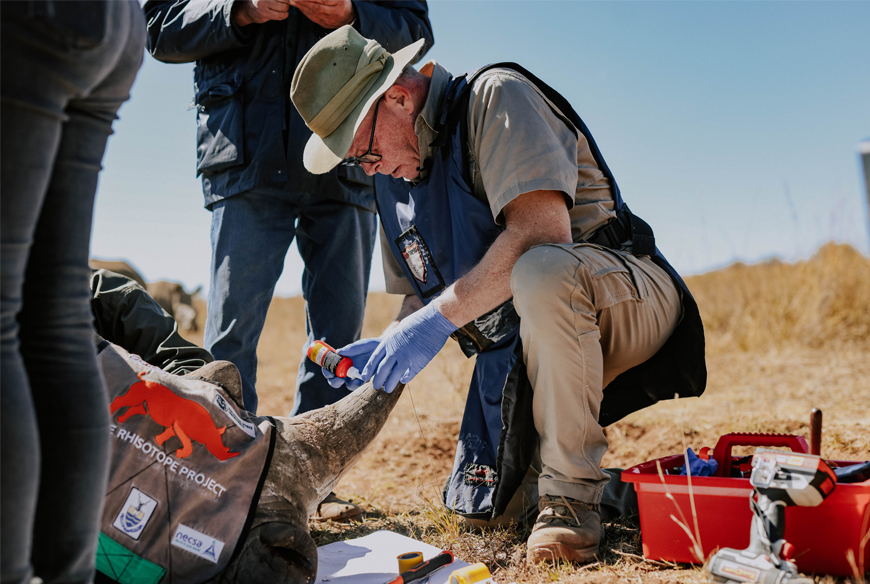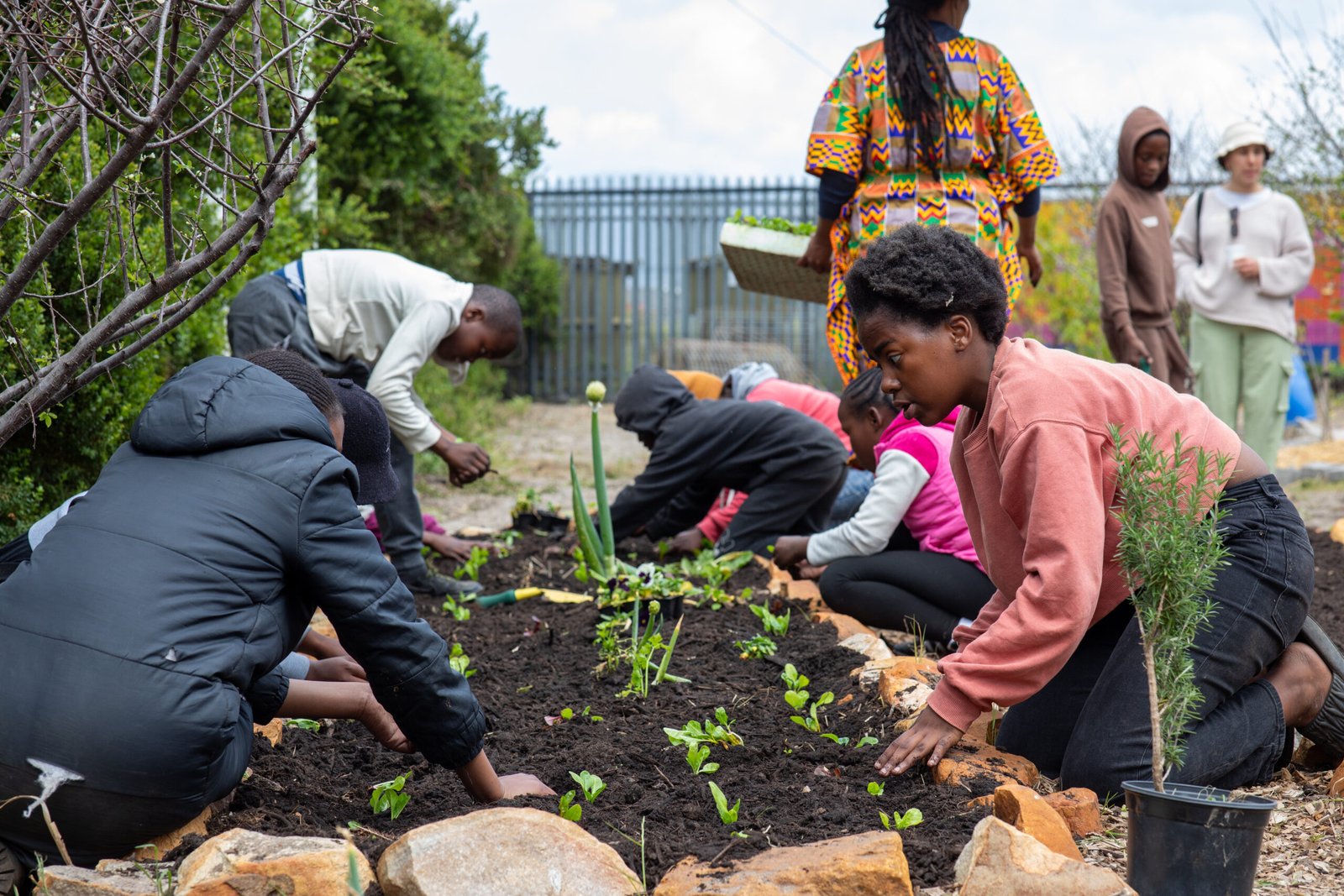The Western Green Energy Hub (WGEH) in Western Australia is planned to be one of the planet’s most significant green energy projects. Spanning 15,000 km² of Mirning territory, this 75-quadrillion project will comprise 25 million solar panels and 3000 wind turbines to generate a new level of green hydrogen.
WGEH is a technological and environmentally innovative development. As the demand for sustainable energy grows, it has the potential to revolutionize global energy markets and regional economies.
Currently, the WGEH project is not just another renewable energy plant but a highly ambitious project concerned with establishing an enormous green hydrogen center. With InterContinental Energy, CWP Global, and Mirning Green Energy as its partners, WGEH is planned to deliver 50 GW of integrated wind and solar electricity generation.
This renewable energy will be converted into up to 3.5 million tonnes of green hydrogen every year, and this is expected to displace fossil fuels in numerous sectors, including maritime, steel, and other industries. This project puts Australia at the frontier of a new renewable energy economy and makes it a global exporter of green hydrogen.
At 25 million solar panels and 3000 turbines, the WGEH will outcompete the most current renewable energy facilities in size and power generation. These panels and turbines are anticipated to provide a constant flow of power to produce green hydrogen, which doesn’t release greenhouse gases during utilization.
The development plan involves building innovative hydrogen conversion and ammonia storage complexes to achieve the project’s production targets. This hub will provide energy that can light up industries and reduce carbon emissions, setting new standards for renewable energy production.
Another exciting feature of WGEH is Indigenous engagement in the development process. This way, the Mirning Traditional Lands Aboriginal Corporation, representing the Mirning people, has a 10% interest in the project. Any economic benefits generated by the project can be shared with communities.
Given that the project will impact such a vast population, it will create thousands of employment opportunities and long-term income prospects in the targeted community. Furthermore, the project’s precaution is to honor Indigenous Australians’ cultural heritage and make sure FPIC is equal to a responsible attitude towards development that does not harm the natural environment and Indigenous people.
Green hydrogen is thus becoming a force to reckon with for industries planning to decarbonize. The WGEH project aims to deliver green hydrogen to global markets with increasing demand, such as South Korea and other Asian countries.





